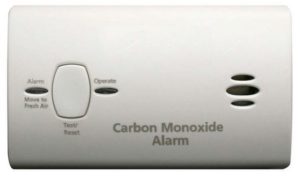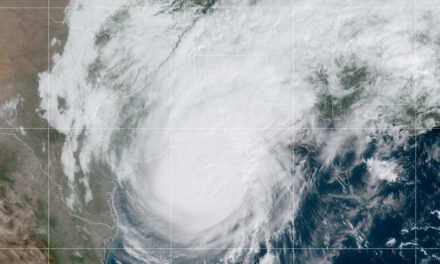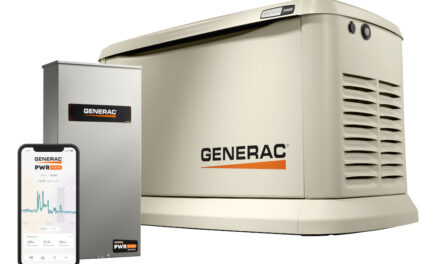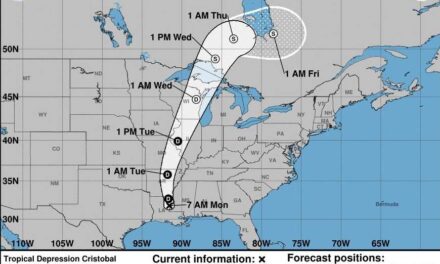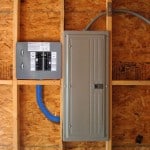Only Run Generators Outdoors and Never Inside a Home or enclosed space like Garage or Shed.
Homeowner Safety Practices for Safe Generator Use after Hurricanes and Storms
Norwall PowerSystems News, June 9, 2019: Carbon monoxide, a byproduct of internal combustion engines, causes an average of 66 fatalities related to Portable Generator use in the United States every year. Those who ignore the safety warnings about portable generator placement put themselves and everyone else in their home at risk for carbon monoxide poisoning. Yet many ignore the highly visible safety warnings on their generators and in the user manuals.
Every year, power outages leave millions of people without necessities including refrigeration, heating and cooling, or sump pumps, often when their homes and families are the most vulnerable. Following a hurricane, it may take utility crews days or even weeks to restore power. In the meantime, they turn to portable generators as a backup power source.
Hurricanes cause power outages with devastating damage to local distribution grids. Repairs take days and sometimes weeks to complete. Winters storms with freezing rain, ice, and snow come in second. While repairs don’t take as long, very cold temperatures result in burst pipes and flooded homes.
Ann Marie Buerkle, of the Consumer Product Safety Commission makes the danger clear. “Portable generators can produce high levels of carbon monoxide, a deadly, odorless, and colorless gas.” Never use a portable generator indoors or in an enclosed space for any reason, including the garage or a shed.
As the Atlantic Hurricane Season gets underway with up to seven hurricanes and the possibility of four major hurricanes in this year’s forecast, Norwall PowerSystems (www.norwall.com) urges everyone to review their Portable Generator Safety Rules before the next power outage.
All outdoor power equipment carries with it the responsibility for safe use. Portable Generators are no different and when owners follow the correct procedures, they provide safe and effective backup power.
- Always place portable generators at least 20 feet from the home, away from open windows or vents, and where the prevailing wind won’t blow exhaust at the home or a neighboring home.
- Use Carbon monoxide detectors. They provide advance warning when CO levels rise and save lives by detecting a gas that humans cannot.
- Don’t run portables in the rain. Generator tents that attach to the generator provide the best protection without endangering those using it while allowing access to controls, outlets, and fuel tank.
- Avoid electrical hazards. A transfer switch is best. Heavy-duty, outdoor-rated extension cords connect appliances directly to the generator. Never try to Backfeed your Home through an appliance outlet. It endangers neighbors and utility workers.
Portable generators can power appliances through outdoor extension cords of the proper wire gauge, but there is a better way. Install a manual transfer switch and the right generator provides power for your furnace, central air, and other hardwired appliances—something you won’t accomplish with extension cords.
Home Standby Generators provide an excellent alternative to portables. Permanently installed, they start and run automatically on natural gas or propane. Designed to provide power to an entire home, installation procedures virtually eliminate the possibility of carbon monoxide poisoning or any electrical hazard. They work in any weather, including a category 5 hurricane.


